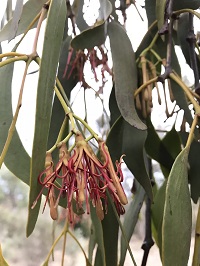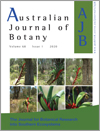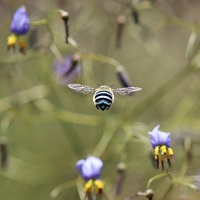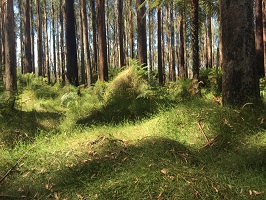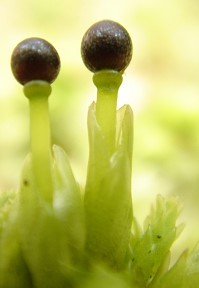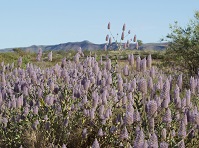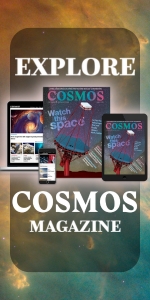Australian Journal of Botany
Volume 68
Number 1 2020
A national survey of the hosts of Australian mistletoes revealed a 30% increase in host species since the previous inventory in 1998. A total of 63% of Australian mistletoes parasitise species of Acacia, or Eucalyptus or species from both of these genera. We recorded 317 species not previously known as hosts including 25 alien species. The increase in host numbers over 19 years suggests that information on hosts is still incomplete. These new data allow future analyses of host–parasite relationships to be made with greater accuracy.
Plants pollinated by vertebrates are often visited by native and introduced insect species foraging for pollen and nectar, with potentially negative consequences for plant fitness. European honeybees are the most common visitor to the Red and Green Kangaroo Paw, but primarily steal nectar and pollen, with native nectar-feeding birds critical for high reproductive success. For many plant species the relative importance of bird-pollinators and exotic insect species remains largely unknown.
To inform conservation, we investigated mating systems of five native plant species growing in native woodland fragments in Western Australia. We manipulated pollination and insect access to flowers. Two species could self-pollinate, whereas two others were reliant on insects for the transfer of pollen. Flower visitation by bees was rare.
Dominant species can strongly influence the flammability of vegetation communities, hence, it is crucial to identify and understand the factors associated with their abundance. We identified environmental factors that influence the abundance of the flammable forest wiregrass as canopy cover, net solar radiation, disturbance and precipitation. Our findings suggest that in areas with wiregrass, disturbances that reduce canopy cover can promote wiregrass abundance, which may have implications for forest flammability.
Allelic diversity analyses show both notable divergence and considerable allelic overlap among the three genetically distinct allopolyploid lineages associated with the Sphagnum ×australe s.l. cryptic species complex. The most widespread lineage, whose origin was likely Australian, occurs in both Australia and New Zealand. The other two lineages appear to be endemic to New Zealand. Photograph by P. J. Dalton.
Ptilotus species grow well in soils with very low and very high levels of phosphorus (P); in the latter they hyperaccumulate P. We investigated how widespread P hyperaccumulation is within Ptilotus by growing several species under low and high P along with the related species Gomphrena canescens and other Australian and non-native species. Our results suggest that P hyperaccumulation without toxicity is unique to, and widespread among, Ptilotus species: G. canescens hyperaccumulated P but exhibited toxicity symptoms.
